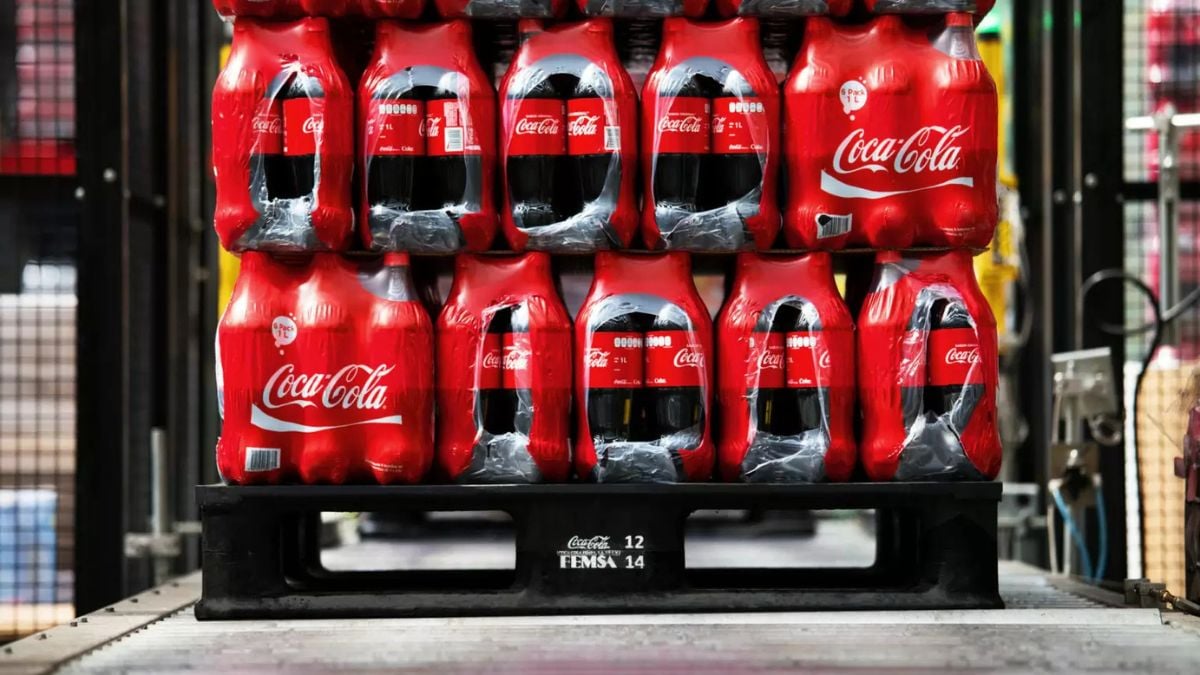
The U.S. Food and Drug Administration (FDA) announced the recall of hundreds of Coca-Cola cans. The recall was classified as Class II and affected more than 10,000 cans. If you recently purchased any of these products, here’s what you need to know and where they were sold.
Why did the FDA recall Coca-Cola cans?
According to the agency, the product was recalled due to potential plastic contamination.
Which Coca-Cola products were recalled?
The recalled cans were bottled and distributed by Reyes Coca-Cola Bottling, LLC, in Milwaukee. The company is voluntarily recalling 864 cases of 12-ounce Coca-Cola Classic cans. The affected product has the code SEP2925MDA, timestamps between 11:00 AM and 12:53 PM, and barcode 0 49000-02890 4.
ALSO READ Is Chipotle closing all its restaurants? Here’s what we know about the alarming rumor
Where was the recalled Coca-Cola sold?
The contaminated Coca-Cola cans were sold in two states:
- Illinois
- Wisconsin
What should I do if I purchased the recalled Coca-Cola?
At this time, the FDA has not specified what consumers should do if they bought the affected sodas. No cases of injury or illness related to the affected product have been reported. However, in past recalls, the agency has recommended not consuming the products, discarding them immediately, and contacting the store or manufacturer for a replacement or refund.
What is a Class II market recall?
According to the U.S. Food and Drug Administration, a Class II recall is a situation where the use or exposure to a violative product may cause temporary or medically reversible adverse health consequences or where the probability of serious adverse health consequences is remote.
What is the FDA?
The Food and Drug Administration (FDA) is responsible for protecting public health by ensuring the safety, effectiveness, and protection of drugs, biologics, and medical devices, both for humans and animals. It also ensures the safety of food, cosmetics, and radiation-emitting products in the country.
The FDA also regulates the manufacture, marketing, and distribution of tobacco products to protect public health and reduce tobacco use among minors.
Another key function is promoting public health by accelerating innovations that make medical products more effective, safe, and affordable, and by providing the public with accurate, science-based information needed to use medical products and food to maintain and improve health.
Finally, the FDA plays a crucial role in national security, particularly regarding anti-terrorism capabilities. It achieves this by ensuring the safety of the food supply and encouraging the development of medical products to respond to deliberate and naturally emerging health threats.
What harm does plastic cause to health?
Studies conducted by various organizations, such as the Center for International Environmental Law (CIEL), have found that plastic poses toxicity risks to the human body throughout its entire lifecycle.
The harmful health effects from ingesting microplastics range from cancer and cardiovascular issues to diseases related to the nervous or reproductive systems, immunosuppressive diseases, and other conditions.
What are microplastics?
Microplastics are tiny plastic particles ranging in size from one micrometer in diameter to five millimeters. These minuscule particles can form in two ways: some are manufactured for specific uses, such as microbeads in cosmetic products or toothpaste, while others result from the fragmentation of larger plastics, like bottles or tires.
How do humans ingest microplastics?
According to research by scientists at Penn State University, the average person in the United States consumes over 5,800 plastic particles each year, just through water, beer, and sea salt. However, there are also other ways these particles enter the human body, such as through inhalation when breathing and direct skin contact, as microplastics are present in various everyday products like cosmetics and personal care items.









